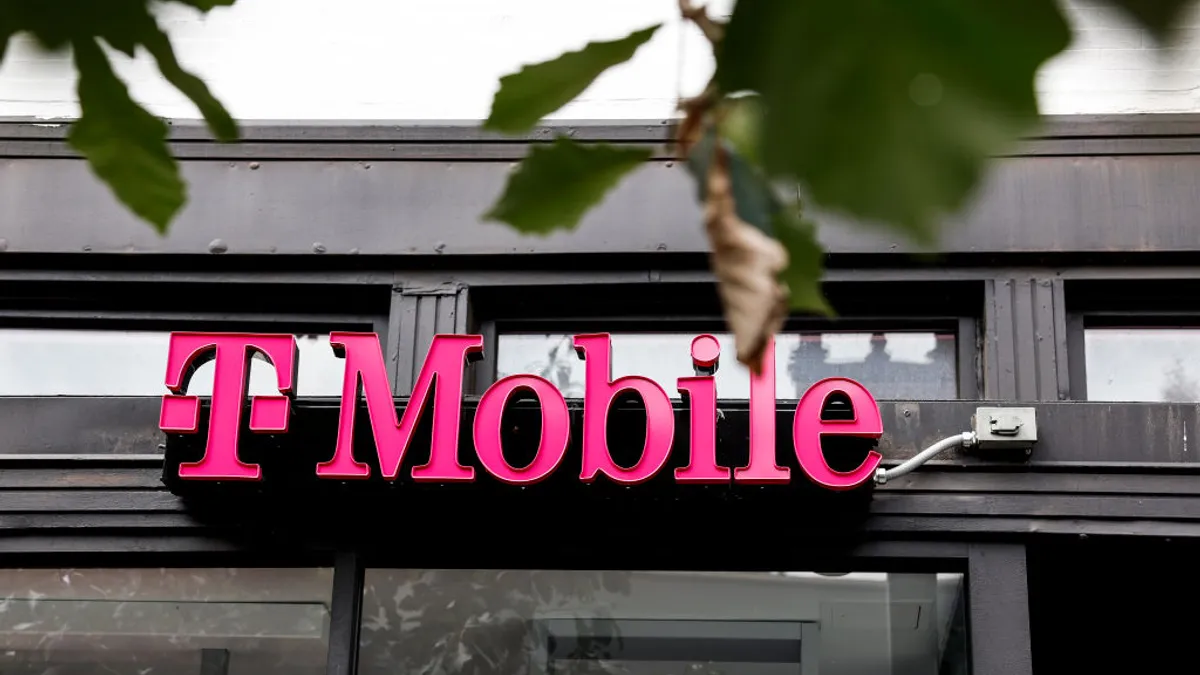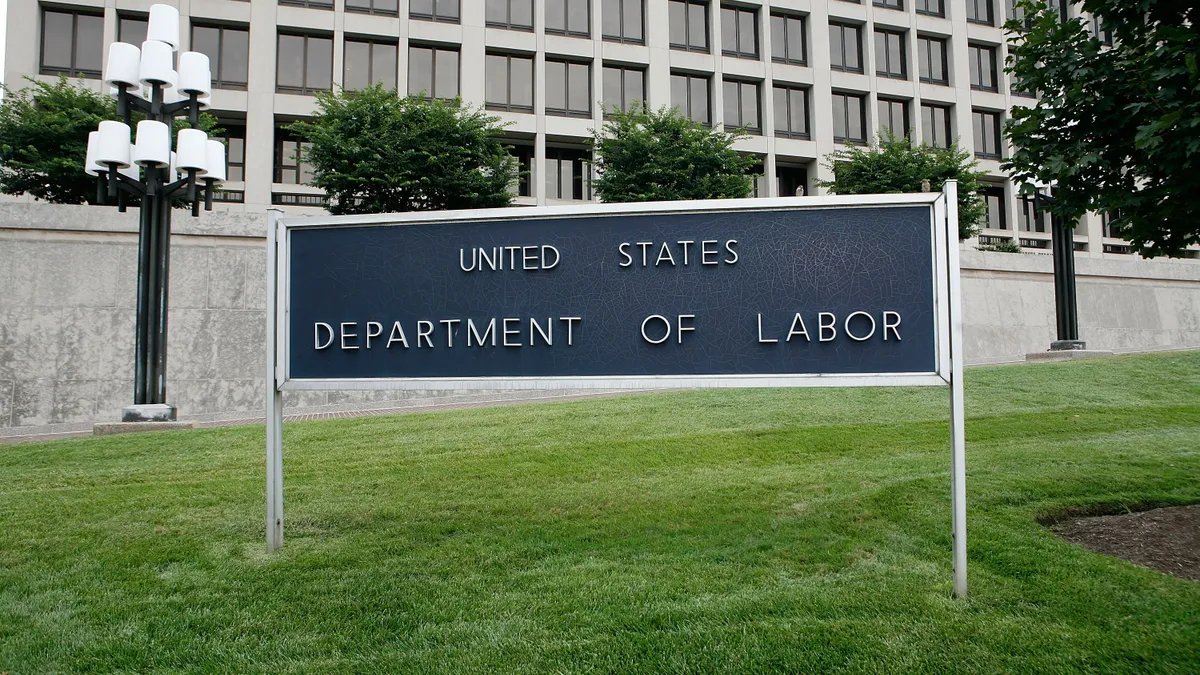Must be able to stand for long periods of time. Must be able to lift 50 lbs. Must have a driver's license.
These and similar phrases common to job postings could be non-starters for an otherwise qualified, capable and large population of job seekers. While often legal, such statements can imply that people with physical disabilities need not apply, sources told HR Dive.
Understand the ADA's floor
The Americans with Disabilities Act generally allows employers to determine a job's "essential functions," and these can include physical tasks.
But employers must be prepared to provide accommodations that allow workers with disabilities to perform those functions. If an applicant can't lift 50 pounds on their own but could do so with the help of a tool, for example, the ADA may require that accommodation.
Sometimes a job truly requires an individual to lift a certain amount of weight — perhaps a first responder role, for example — but the ADA and its case law still favor employers that engage in the "interactive process," an informal back-and-forth discussion about potential accommodation, plaintiff's attorney Reshad D. Favors said. But these efforts are merely a floor; disability inclusion efforts can go beyond what the law requires.
Prioritize inclusion
While employment law attorneys typically recommend that employers spell out essential functions in each job's description, there are a few steps HR professionals can take to ensure those lists don't amount to dog whistles for ableism.
"On [their] face, these 'must haves' aren't exclusionary to [a] protected class, because these are basic requirements of a job," Favors said. But without additional language in job ads, qualified applicants may be dissuaded from applying.
Invite questions
HR pros may want to indicate in job postings and descriptions that individuals can perform a job's essential functions with or without reasonable accommodation, signaling that an employer is aware of its duty to accommodate workers with disabilities.
It's also important to include instructions for requesting an accommodation for performance of those essential job functions, according to Sheryl Ellis, ADA and HR facilitator at Augmented HR Solutions.
While it's generally up to the individual to trigger the interactive process (unless a disability is obviously interfering with work), employees may not be aware of their options or they may be hesitant to speak up; an employer's proactive approach can be helpful in that respect, Favors said.
Employers can aim to increase ADA fluency. "Educate new hires, current employees, and management [about] what is and is not a reasonable accommodation under the ADA," said Ellis. This discussion could cover responsibilities for the employee and management, what the interactive process looks like at the company and ways to request an accommodation, she said.
Going even further, an employer could tie such education to its commitment to inclusion, according to the Job Accommodation Network, a service for both employers and employees funded by the federal government.
Ellis, author of "Making It Work: Managing Your Health Condition Through ADA Workplace Accommodations," echoed that suggestion: An employer can work to improve inclusion by explaining to applicants and employees the company's DEI initiative and metrics it uses to track and ensure inclusion, she said.
Rethink language
To advance DEI efforts, HR also can revisit essential function language in job ads and descriptions. For example, perhaps a job ad indicated that a cashier must be able to stand for long periods of time, and also included a note about accommodation. That may comply with the ADA but it leaves job applicants to connect those dots on their own.
Instead, management-side attorneys generally recommend HR say what it really needs; for a cashier, it could say "must remain at work station," for example. And while a company might ultimately opt to require that most cashiers stand, it hasn't started from a place of exclusion and has opened the door to a conversation about mobility aids, rest breaks and other accommodations.
Real inclusion takes more than mission and vision statements, DEI experts say; it takes more than policies too. As Ellis expressed, when it comes to inclusion, "[e]mployers want to 'walk the talk.'"





















